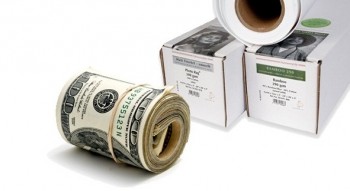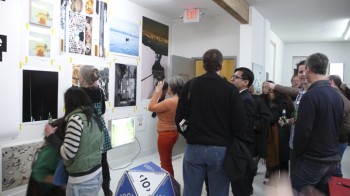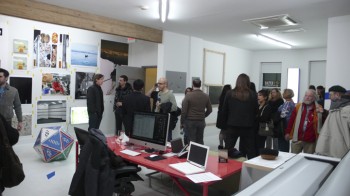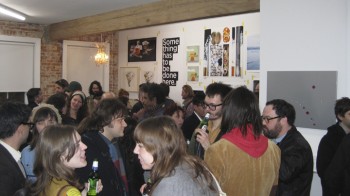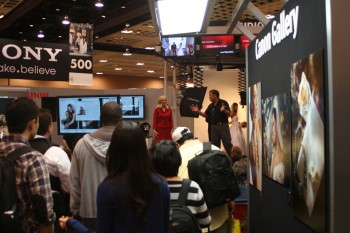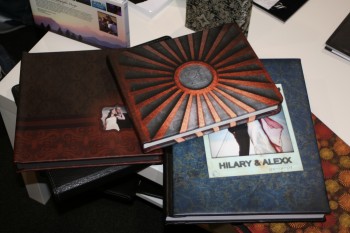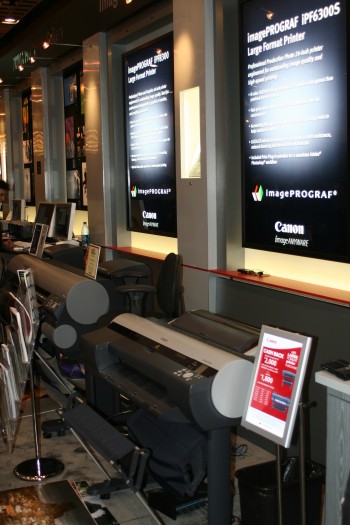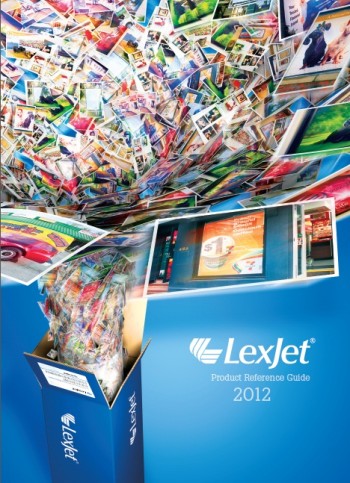 LexJet customers will receive the 2012 Product Reference Guide over the next week or so in the mail, if they haven’t already. Keep this handy guide by your desk as a year-round reference tool to find the right product for the project.
LexJet customers will receive the 2012 Product Reference Guide over the next week or so in the mail, if they haven’t already. Keep this handy guide by your desk as a year-round reference tool to find the right product for the project.
“The Product Reference Guide I received last year was what drove me to LexJet in the first place. It’s nicely laid out and easy to browse, with pictures of printed applications using the different materials and all the specifications and pricing information we need as we work on new projects,” says Rick Hillbrand, owner of Cottrell Printing in Centennial, Colo.
The 40-page guide includes specifications and pricing on:
- LexJet, LexJet Sunset, Hahnemuhle and EPSON aqueous media
- Sunset Stretcher Bars, Sunset Pro Photo Albums and Sunset and ClearStar coatings
- LexJet, General Formulations and HP solvent, latex and UV-curable media
- LexJet laminates, adhesives and backers
- Canon, Epson, HP and LexJet inks
- Canon, Epson and HP printers
To view the catalog now, click here. If you weren’t a LexJet customer in 2011 and would like to receive the free printed guide, click here. And, if you have questions or need help with anything, call a LexJet customer specialist at 800-453-9538.


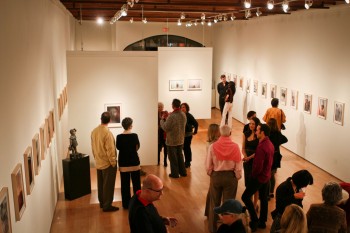
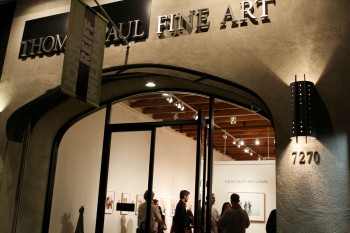
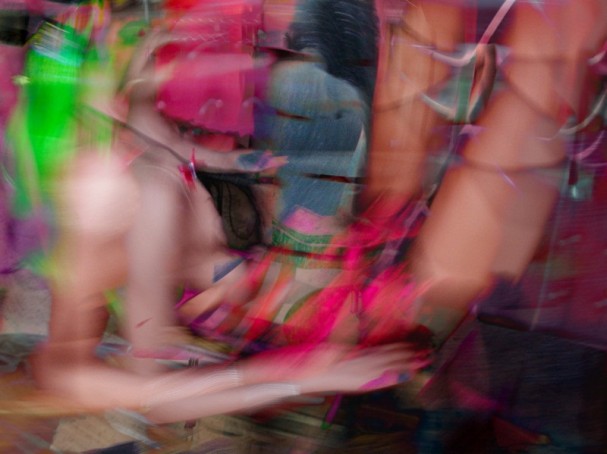
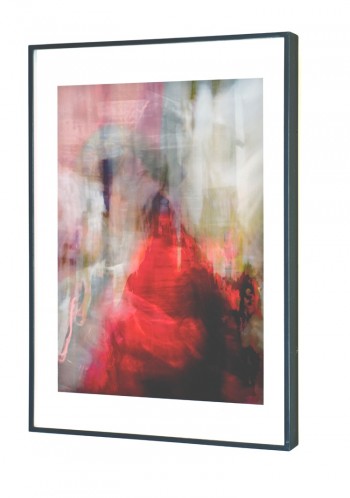
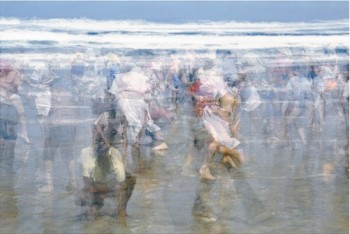 The style of the featured work is difficult to describe in a single word or phrase. They allude to movement and interaction that reach beyond time, place and circumstance. Perhaps the best technical term would be multiple exposure, which is certainly true of the earlier series while he was a graduate student, the La Jolla Beach Project, that Williams created in-camera with multiple exposures on film.
The style of the featured work is difficult to describe in a single word or phrase. They allude to movement and interaction that reach beyond time, place and circumstance. Perhaps the best technical term would be multiple exposure, which is certainly true of the earlier series while he was a graduate student, the La Jolla Beach Project, that Williams created in-camera with multiple exposures on film.